Special Guest: Tom Beaujour
For this week’s episode of Dig Me Out, we’re joined by Tom Beaujour, co-author of Lollapalooza: The Story of the First Era, 1991-1997. His new book takes a deep dive into the chaos, cultural shifts, and unforgettable moments of the legendary festival. If you ever moshed in the heat, debated the meaning of “selling out,” or just wished you could have experienced it firsthand, this one’s for you. Grab your copy and get ready for a ride through alternative rock history.
The Moment Everything Changed
It started with a simple idea: what if alternative music had its own festival?
At the time, rock festivals were dominated by classic rock dinosaurs or pop-friendly acts. Alternative, punk, and underground bands had nowhere to call their own. The industry dismissed them as too weird, too niche, too unpredictable. But that was exactly the point—give the outsiders their own stage, and watch them build something revolutionary.
No more radio hits dictating the scene. No more arenas packed with the same mainstream acts. Just raw, untamed energy. Perry Farrell saw the vision—and with the help of booking agent Mark Geiger, turned it into reality. Together, they built a festival that redefined live music.
Wait, how did that even happen? Take a handful of bands too weird for MTV, throw them into a traveling roadshow, and create a festival that wasn’t just about music—it was about a way of life.
Suddenly, kids who had spent their lives on the fringes had a home. And the world noticed.
The Highs, the Lows, and the Legends
It wasn’t just about who played—it was about what happened when they did.
Picture this: Nine Inch Nails is mid-set. The sun beats down. Then, disaster. The power cuts out. Frustration hangs in the air. But instead of retreating, Trent Reznor smashes his equipment and launches into a raw, chaotic performance that becomes legend.
Eddie Vedder climbing the stage scaffolding, balancing precariously as he surveyed the roaring crowd below. Rage Against the Machine hitting so hard that the crowd became one seething, pulsating wave. Ministry causing havoc on the road, with wild antics that became the stuff of legend.
These weren’t just concerts. They were moments that rewired our brains, changed how we saw live music, made us believe in something bigger.
If we don't dig out these stories, who will? Get 30% off a today and help us uncover the records that history forgot.
But behind the scenes, the festival was chaos.
At one stop, fans overwhelmed barricades, sending security scrambling to prevent a stampede. In another city, a band’s equipment was mysteriously sabotaged before their set, leading to a furious on-stage meltdown.
Every show felt like it teetered on the edge of anarchy, adding an unpredictability that only fed the festival’s legend.
The Fall and the Future
Then came 1994. The peak.
Smashing Pumpkins, the Beastie Boys, Green Day, and Cypress Hill on one stage. The side stage stacked with Guided by Voices, Flaming Lips, and Shudder to Think. This was Lollapalooza at its most potent, where the underground and mainstream still felt like they could coexist without devouring each other.
Behind the scenes, figures like Stuart Ross and Kevin Lyman worked tirelessly to keep the festival afloat. Lyman, who had started as a stage manager, would go on to create the Warped Tour. Ross, the tour accountant, was constantly troubleshooting logistical nightmares.
But the cultural tides were shifting. What once felt like an underground movement was now filling mainstream radio and MTV. The rebellion that fueled alternative music had become the establishment. Lollapalooza found itself at a crossroads—could it maintain its authenticity, or was it doomed to become just another corporate festival?
The shift was slow, but inevitable. By ‘96, Metallica headlined, a move that many saw as the final break from the festival’s alternative roots. While previous years had blurred genre lines, this felt like a definitive departure—one that some embraced as evolution and others decried as the commercialization of what was once a countercultural movement.
The alternative dream was starting to fray. What was once an outsider’s movement had become the center of the culture. And when you become the center, you stop being an alternative.
Why It Still Matters
But those early years? Those were pure magic.
The rawness of it all. The unpredictability. The feeling that anything could happen at any moment—that’s what made Lollapalooza electric.
You didn’t just see a show. You lived it. You sweated through it, stumbled across an unannounced jam session, maybe even bumped into Ice-T wandering through the crowd. It was unpredictable, untamed. And it meant everything.
Dig Deeper into the Story
For the full deep dive into the madness, the stories, and the legends that shaped this festival, check out our latest episode of Dig Me Out featuring Tom Beaujour. We sit down with him to discuss the behind-the-scenes chaos chronicled in his new book, Lollapalooza: The Story of the First Era, 1991-1997.
It’s a must-listen for anyone who ever stomped through a muddy field, raising a fist to the sky as their favorite band played a set that felt like it could change the world.
Songs in this Episode
Intro - Terrible Lie by Nine Inch Nails (Live at Lollapalooza 1991)
Outro - The Last Beat Of My Heart by Siouxsie and the Banshees (Live at Lollapalooza 1991)
#545: Lollapalooza in the 90s
Launched in 1991 by Perry Farrell as a farewell tour for Jane's Addiction, Lollapalooza immediately became the defining musical tour of the decade. Inspired by the UK festivals like Reading, Farrell concocted an underground music celebration based on the bands he wanted to see and tour with - Siouxsie and the Banshees, Living Colour, Nine Inch Nails, Ic…


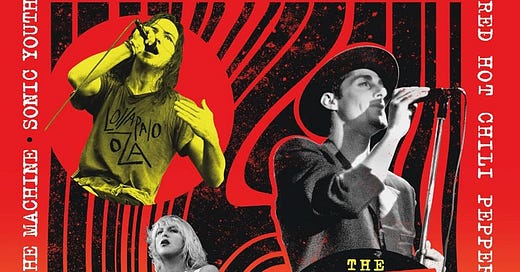






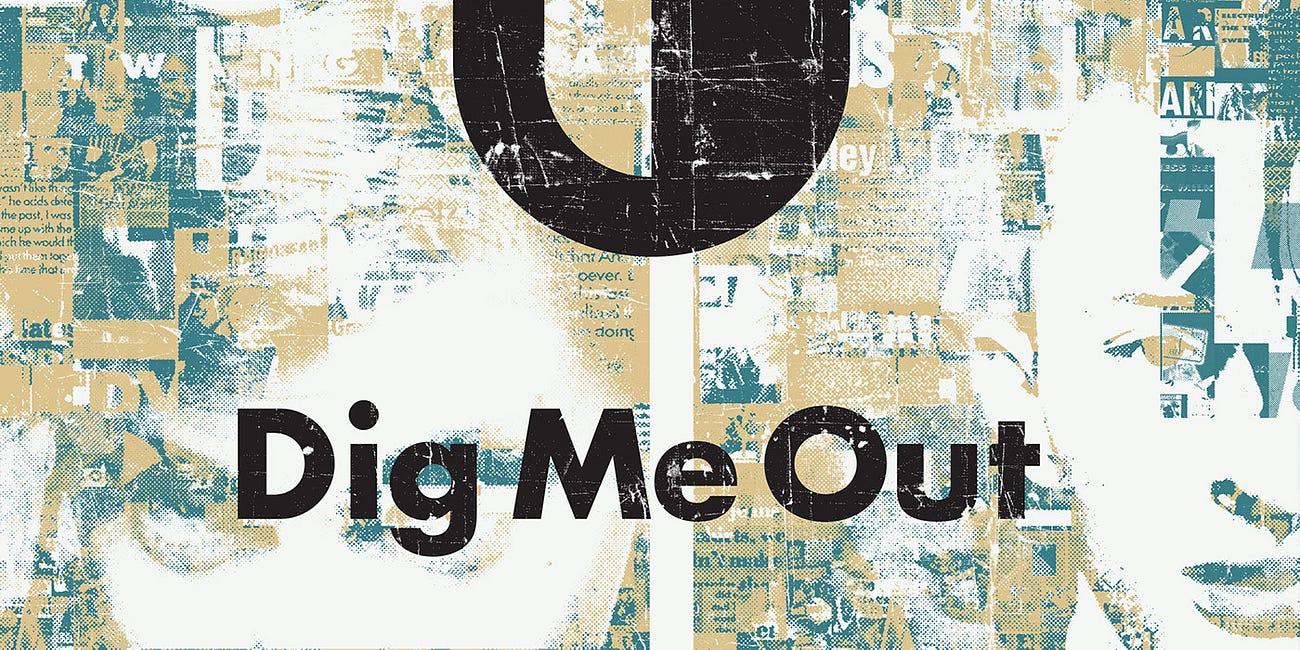




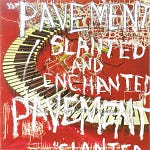
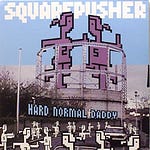
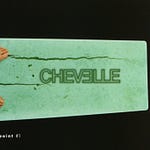
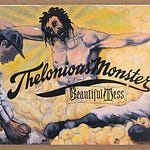
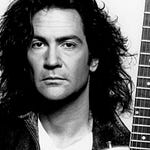
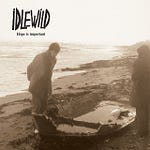
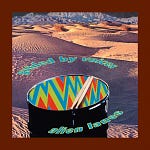
Share this post